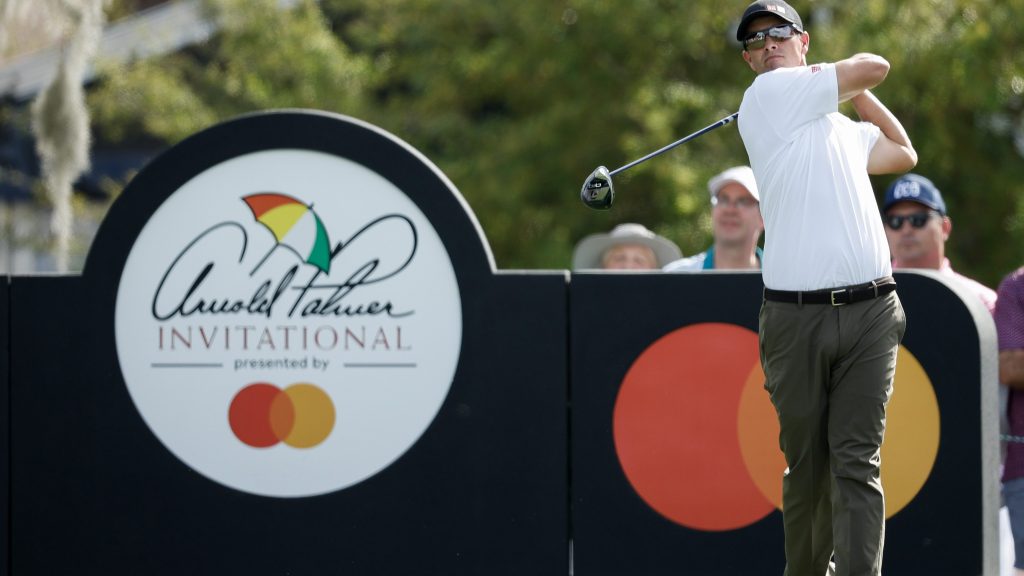The ambition that underpins the PGA Tour’s signature events is supposed to be apparent at the glamorous end of the leaderboard – popular stars locked in thrilling battles – but the shortcomings undermining these tournaments is evident at the other end of scoring at the Arnold Palmer Invitational. Fridays on Tour are about who gets sent home; Friday at Bay Hill is about how many go home, or more accurately, how few.
Just 69 competitors started the week, and deep in the second round 61 of them were inside the cut, which covers the top 50, ties, and anyone within 10 strokes of the lead. Bay Hill is typically among the most demanding courses on Tour, so it was always unlikely that anyone would stretch a lead sufficiently to render the 10-shot rule irrelevant. Which means everyone who misses the cut might be able to share one of the tournament’s courtesy Cadillac SUVs to the airport. Granted, a decent percentage of starters will be cut at day’s end, but this is an unnecessary diversion.
While far short of a constitutional crisis for King Jay, quibbles about the cut speak to a broader dilemma with how the signature events are structured and marketed. Tournaments billed as all-star showcases are an automatic loss in the eyes of many if those all-stars don’t show up, which for the most part they haven’t in 2024. Since individual form is beyond the control of Commissioner Monahan, he might consider the words of business theorist W. Edwards Deming: “Eighty-five percent of the reasons for failure are deficiencies in the systems and processes rather than the employee.”
And signature events rely on a formula designed to artificially engineer outcomes that simply cannot be guaranteed.
Winners of signature tournaments this season are a worthy bunch, albeit not barn-burner personalities: Chris Kirk, Wyndham Clark and Hideki Matsuyama (the latter a superstar on distant shores, but beyond a language barrier for a U.S. audience). That list has been unfavorably compared with champions from elevated events in ’23, guys like Jon Rahm, Scottie Scheffler and Viktor Hovland. It’s convenient cherry-picking. Last year’s winners also included lower-wattage players like Kurt Kitayama, Lucas Glover and Clark (before he was a major champion). What’s different is that the leading men won early last year and established a narrative that signature events were delivering on their intent, while the supporting cast is stealing scenes this year and fueling a…
..
Click Here to Read the Full Original Article at Golfweek…
